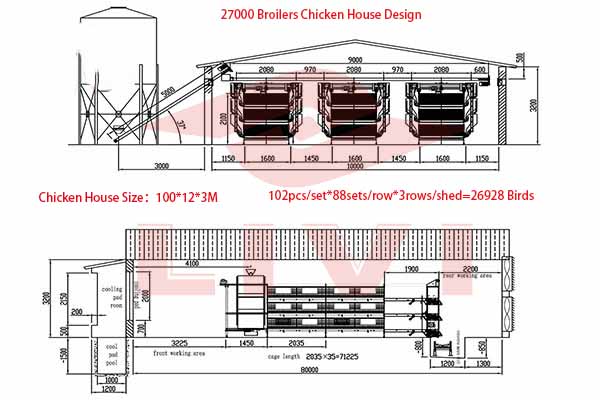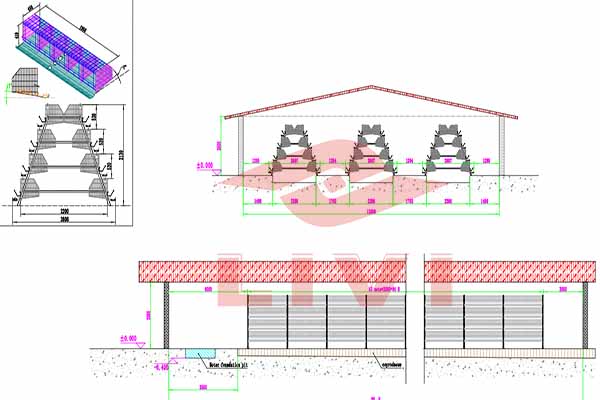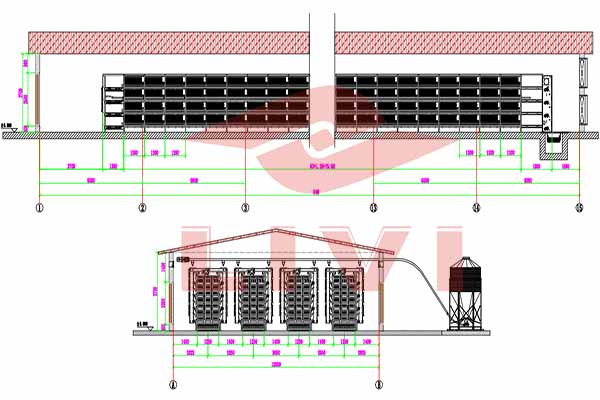Laying Hens Caging Solutions in Ghana: Enhancing Production and Efficiency
Introduction to Laying Hen Cages in Ghana
The poultry industry in Ghana has witnessed significant growth over the years, and the demand for eggs has been consistently increasing. As a result, modernizing the infrastructure for laying hens has become crucial. The adoption of proper caging solutions not only ensures better productivity but also maintains the health and welfare of the birds.
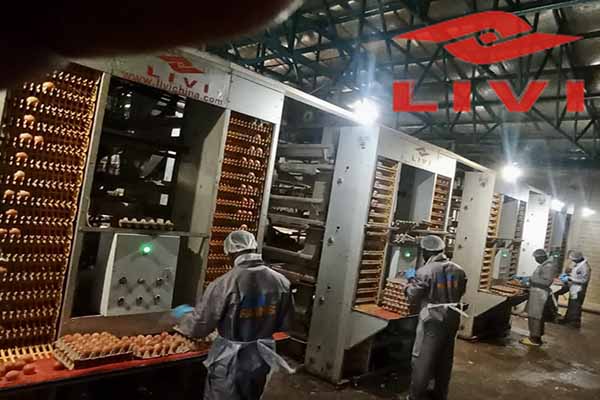
Importance of High-Quality Layer Hens Cages
- Increased Egg Production: Research has shown that well-designed cages can lead to an increase in egg production by up to 15%.
- Better Health Management: Cages with proper ventilation and cleanliness help in preventing diseases and infections among the hens.
- Reduced Labor Costs: Automation and efficient cage designs can minimize the labor required for feeding, cleaning, and collecting eggs.
Popular Caging Systems in Ghana
| Caging System | Description | Price Range (USD) |
|---|---|---|
| Slat Cages | Steel slat cage designed for layer hens, providing a safe and comfortable environment. | $50 – $70 per cage |
| Deep Litter Systems | Cages with a deep litter bedding, ideal for free-range production with controlled conditions. | $70 – $100 per cage |
| Battery Cages | Traditional multi-tiered cages, suitable for high-density laying hen production. | $40 – $60 per cage |
Considerations for Layer Hen Caging in Ghana
When choosing caging solutions for layer hens in Ghana, several factors must be considered:
- Climate: The climate in Ghana affects the choice of materials for caging. Some cages require insulation for heat, while others may need ventilation for cool climates.
- Space Allocation: Ensuring adequate space for each hen is essential for their well-being and productivity. Typically, 0.7 square meters per bird is recommended.
- Efficiency: Caging solutions should be efficient in terms of design and ease of use.
Case Study: Success with Livi Mechanical’s Solutions
A local farmer in Ghana recently adopted Livi Mechanical’s laying hen cage system. After one year, the farmer reported an increase of 20% in egg production and a significant r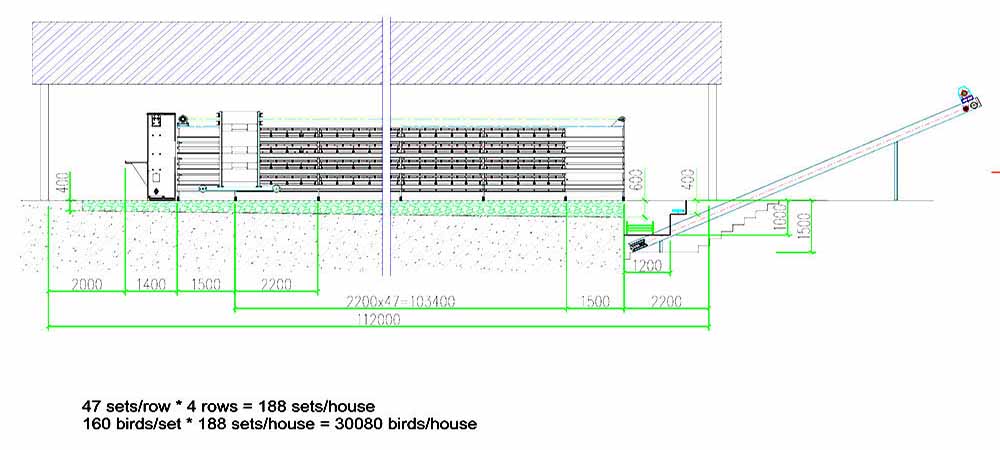 eduction in mortality rates. The farm also experienced lower labor costs and improved biosecurity due to the advanced features of the caging system.
eduction in mortality rates. The farm also experienced lower labor costs and improved biosecurity due to the advanced features of the caging system.


